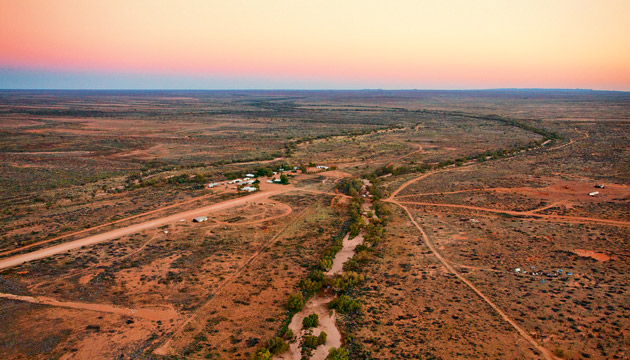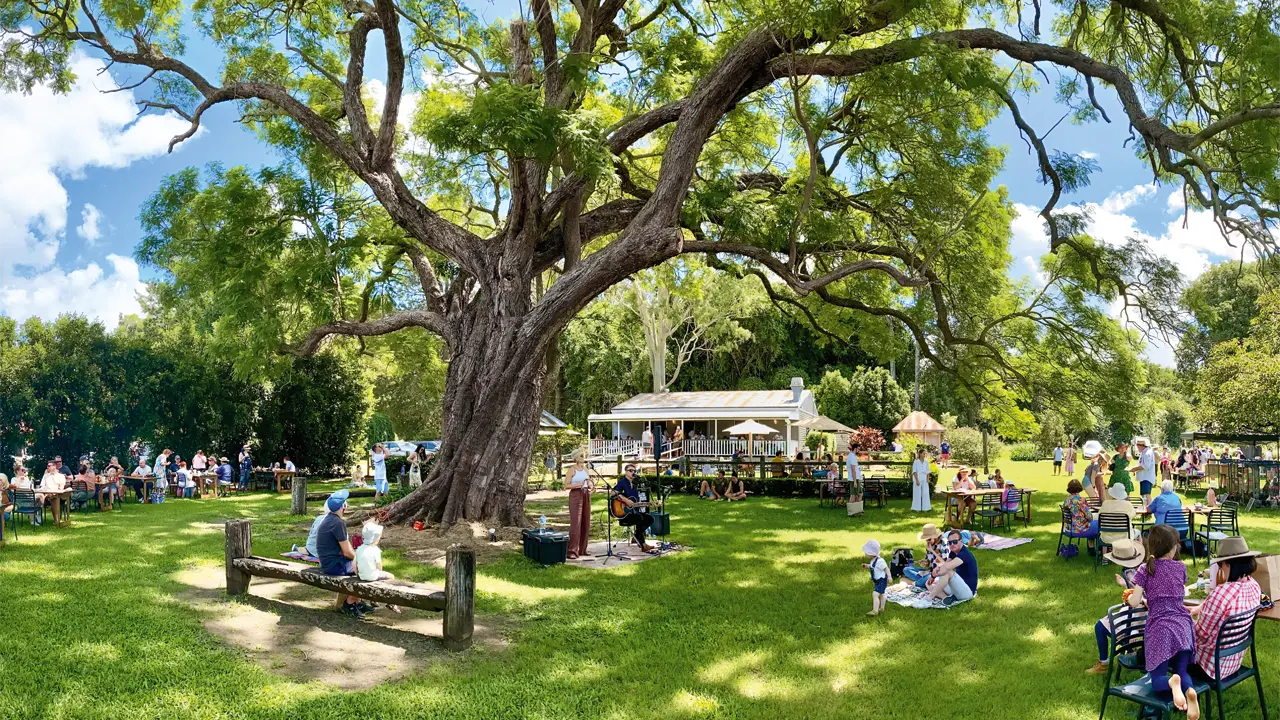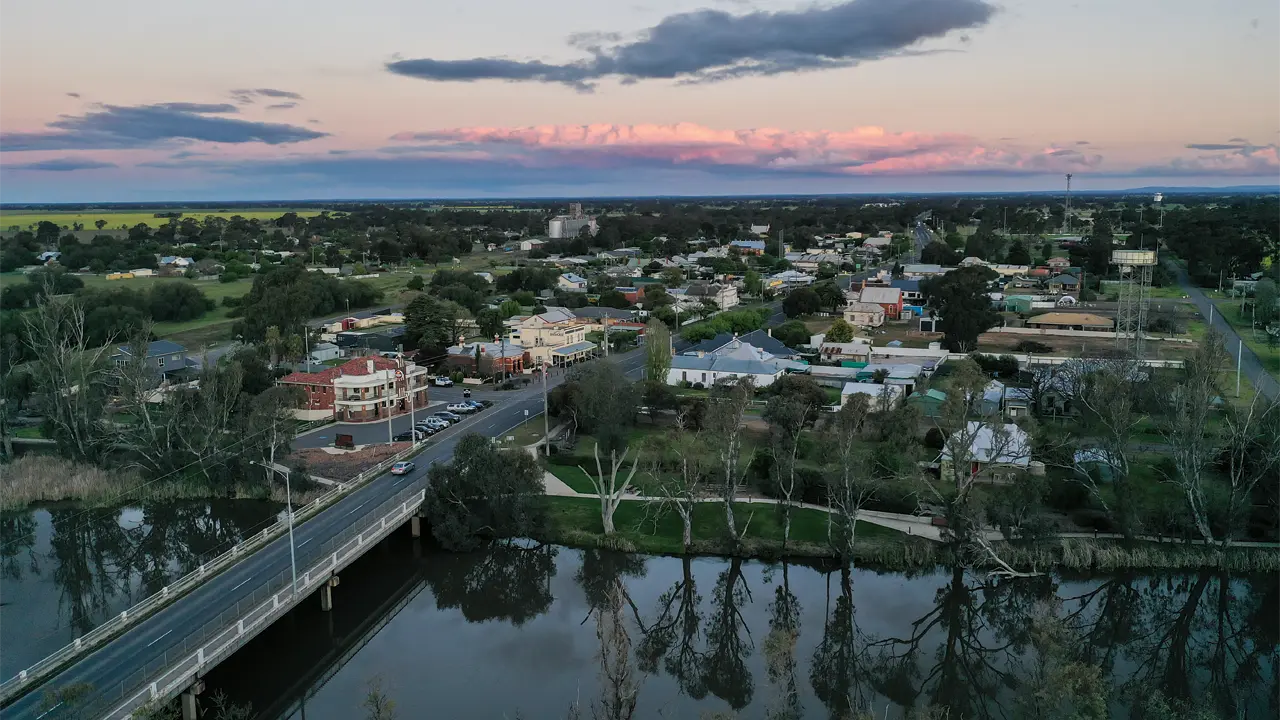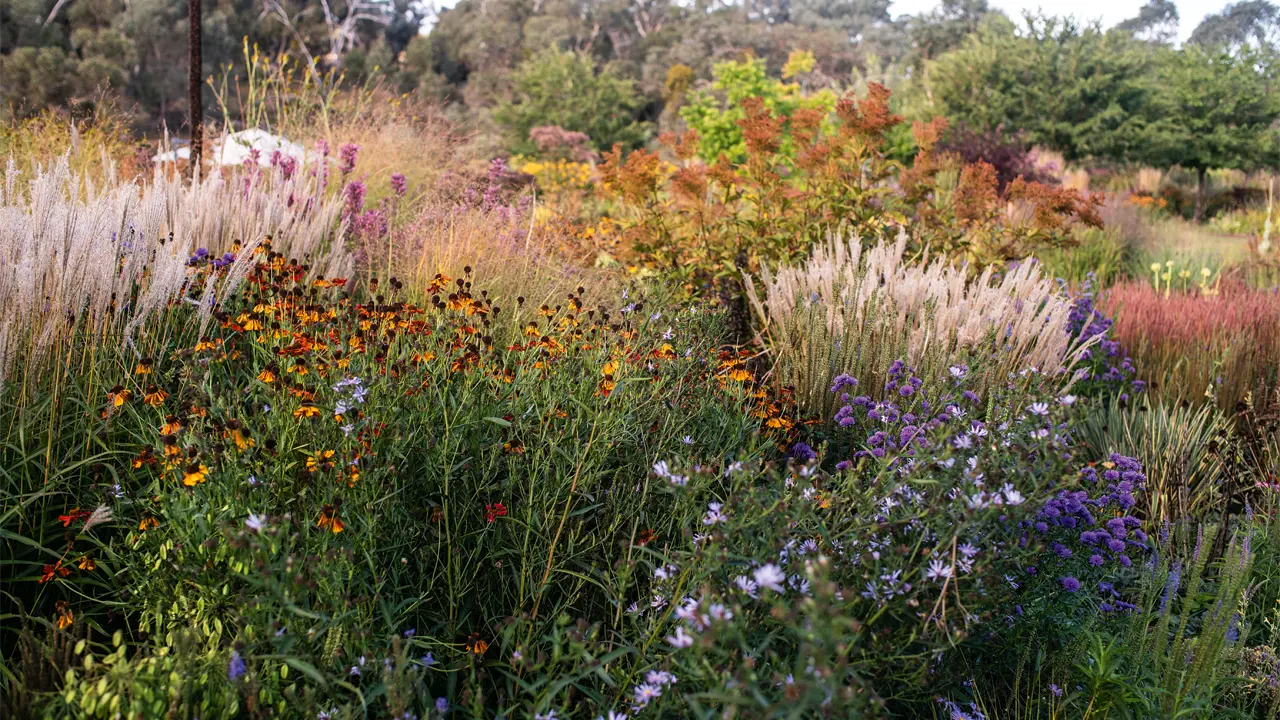Foreign investment in Australian farmland is at an all-time high, but the family farm remains the dominant ownership model.
Story Amanda Burdon Photo Peter MacDonald
It had all the makings of a Hollywood drama: a mining tycoon, mysterious foreign characters, wealthy outback barons and a zealous government official. Twelfth-hour bids and counterbids, a social-media frenzy, even a little defence intrigue. Last year’s sale of the vast S.Kidman & Co holdings – the culmination of a torturous 21-month process – had it all.
Disposing of a property portfolio amassed by an outback legend – 10 cattle stations spanning 101,411 square kilometres across three states and the Northern Territory, including the largest cattle property in the world (23,700sq km Anna Creek) – was always going to make headlines. But even the vendors were surprised by the public outcry.
“I have never and nor will I ever work on a divestment that captured such intense public interest; it became a theatre,” says selling agent Don Manifold, of Ernst & Young, South Australia. “In many minds, it [the aggregation] become a community asset and we were accused of selling Australian culture, akin to selling off Vegemite. We weren’t selling any land at all, but leases to government-owned land.”
The bid by Dakang Australia (a Chinese consortium of the Shanghai Pengxin Group and Shanghai CRED) saw social-media feeds turn vitriolic and two former Australian treasurers and one former Prime Minister weigh in to the debate. In the end, that offer, like several others from overseas companies, was rejected by Federal Treasurer Scott Morrison on grounds of national security. Even a revised Dakang proposal, excising Anna Creek (part of which is within the Woomera Prohibited Area) and this time in partnership with ASX-listed Australian Rural Capital, failed to gain approval.
The agents were forced back to the drawing board, to seek interest from other buyers, both Australian and overseas, with reduced levels of foreign ownership. Enter the local consortium BBHO, composed of four of the country’s most successful pastoral and transport businessmen – Tom Brinkworth, Sterling Buntine, Malcolm Harris and Viv Oldfield. Their bold $385 million bid, being Australian, would avoid scrutiny by the Foreign Investment Review Board (FIRB). It looked like the deal was done.
But, as in any good drama, there was a last-minute plot twist. Australia’s richest woman, Gina Rinehart, heading Australian Outback Beef (a Hancock Prospecting and Shanghai CRED partnership), put in a “compelling offer” of $386 million. The Kidman board accepted it, subject to no superior offer. BBHO upped the ante. AOB matched it.
Gina Rinehart told OUTBACK the deal was personal. “Sir Sidney Kidman was a long-term friend and business partner of my grandfather James Nicholas,” she says. “They collaborated to provide a much needed passenger, mail and supplies coach service that grew to service regional towns across Australia and at one stage their business had more than 1200 horses. Our family’s pastoral interests in north-west Australia date back to the second half of the 1800s. It’s very nice to feel that I can continue to contribute in the outback and now across our Kidman properties.”
This story excerpt is from Issue #115
Outback Magazine: October/November 2017










